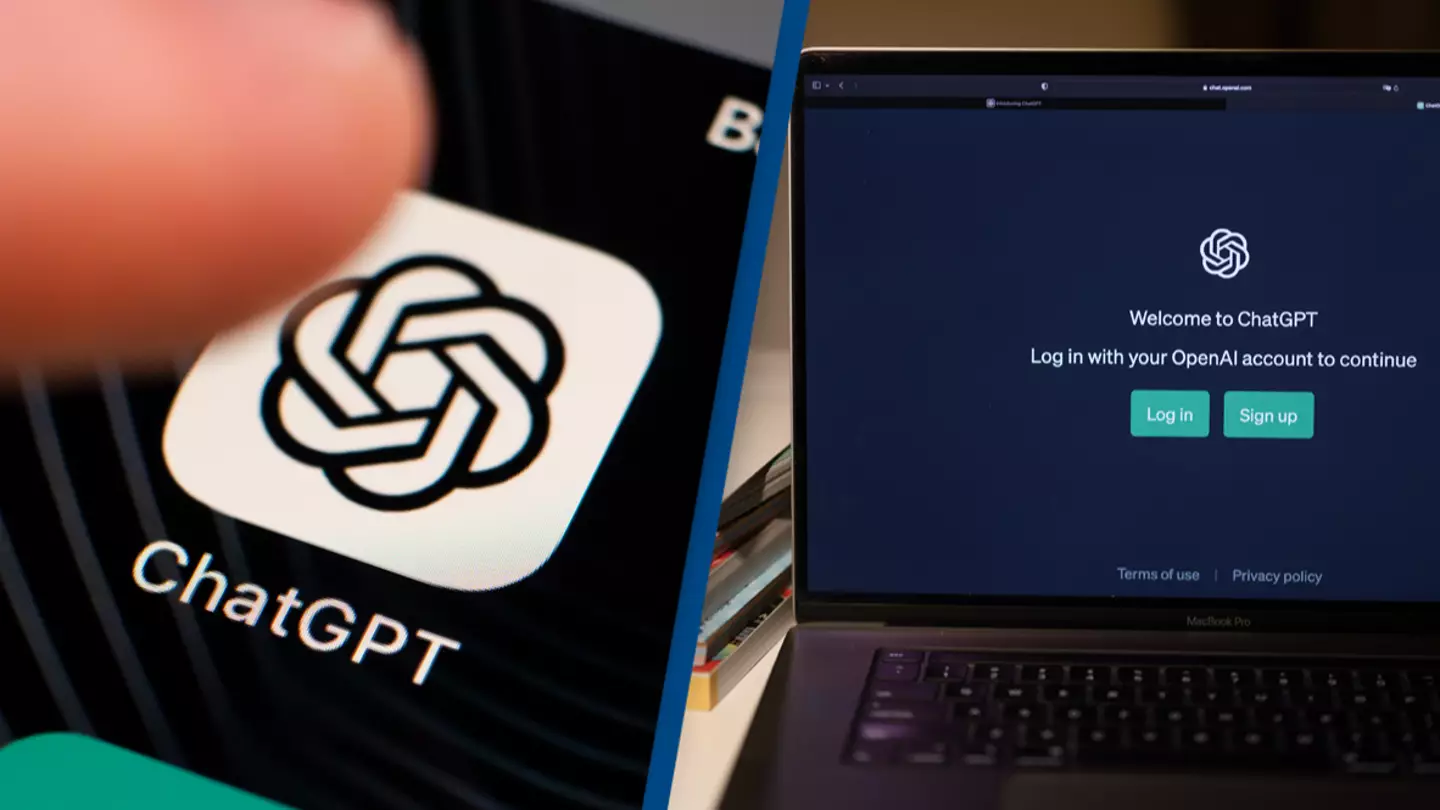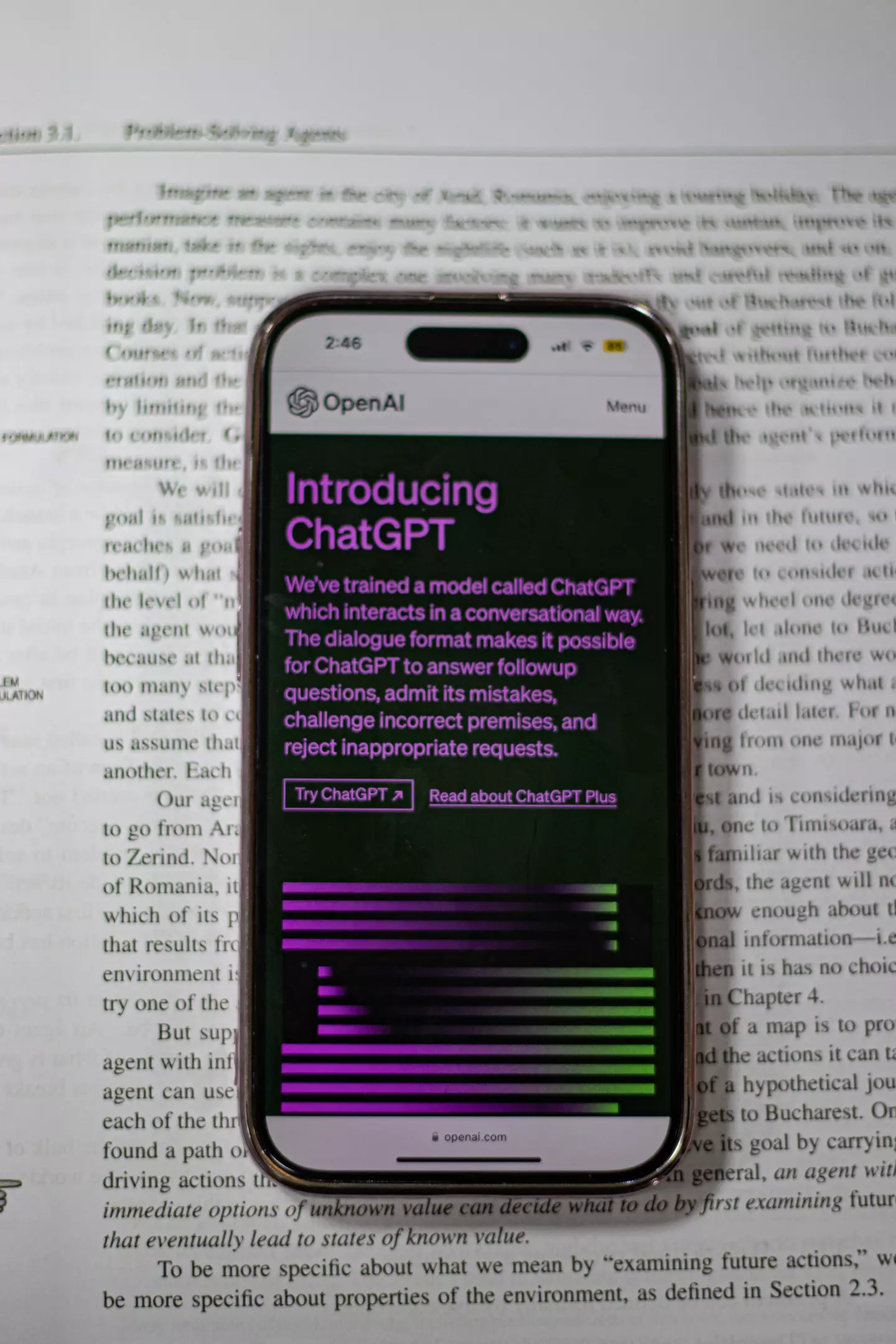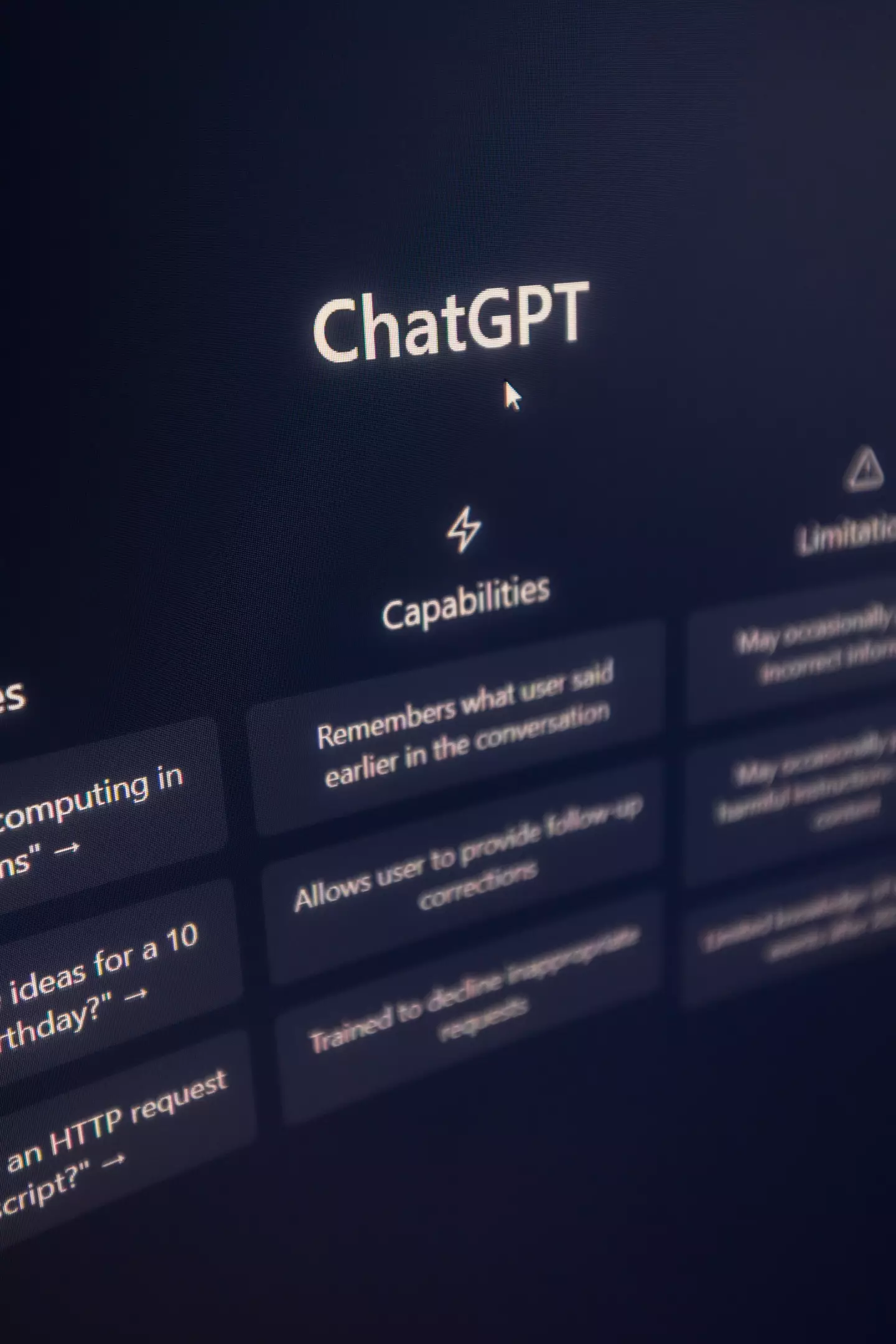
Topics: Artificial Intelligence, News, Science

Topics: Artificial Intelligence, News, Science
ChatGPT has become the biggest buzzword of the year and it’s hard to scroll on social media and not see it mentioned. But as it turns out, no one really knows what it stands for.
The AI chatbot, which was publicly released in November 2022, has racked up 100 million monthly active users and has become one of Google’s most searched terms.
Only three months after its public release, ChatGPT’s traffic doubled in February, according to BofA Global Research.
But despite its growing popularity, few people - if any, who aren’t AI obsessives - would be able to tell you what the ‘GPT’ part means.
Advert

ChatGPT is a computer program that uses AI to have text-based conversations with human users. People can give the chatbot a request and ChatGPT will respond with a block text.
In simpler terms, this means the chatbot is fed a large amount of information such as books, news articles, website pages from which it learns how to construct sentences for its answers.

Advert
Newsflash, the ‘GPT’ part of the name means: ‘Generative Pre-trained Transformer’.
When ChatGPT was asked to explain what the Generative Pre-trained Transformer components mean, it said that ‘Generative’ refers to it being able to create new text that resembles human language, IFL Science reports.
‘Pre-training’ describes the text sources pulled from the internet or elsewhere, from which the model learns to predict the next word in a sentence.
And finally the ‘Transformer’ is a ‘type of deep learning architecture’. The answer the Chatbot gave to the site was ‘It utilizes self-attention mechanisms to process input sequences in parallel, allowing the model to consider the importance of different words in the input when generating output’.
Advert
Not too long ago, one of ChatGPT’s creators claimed that AI poses a possible ‘existential risk’ to humanity and needs global regulation to avoid a technological fallout.

CEO of OpenAI, Sam Altman, wrote a blog post in May 2023 detailing the risks of using Artificial Intelligence (AI) and how he believes it is going to help humans live in a 'much better world'.
In the post, he wrote that within the next ten years, 'AI systems will exceed expert skill level in most domains' and will potentially be as productive as large companies with a stacked workforce.
Advert
However he said: “The upsides are so tremendous, the cost to build it decreases each year, the number of actors building it is rapidly increasing, and it’s inherently part of the technological path we are on.”
“Stopping it would require something like a global surveillance regime,” he added. “And even that isn’t guaranteed to work.”